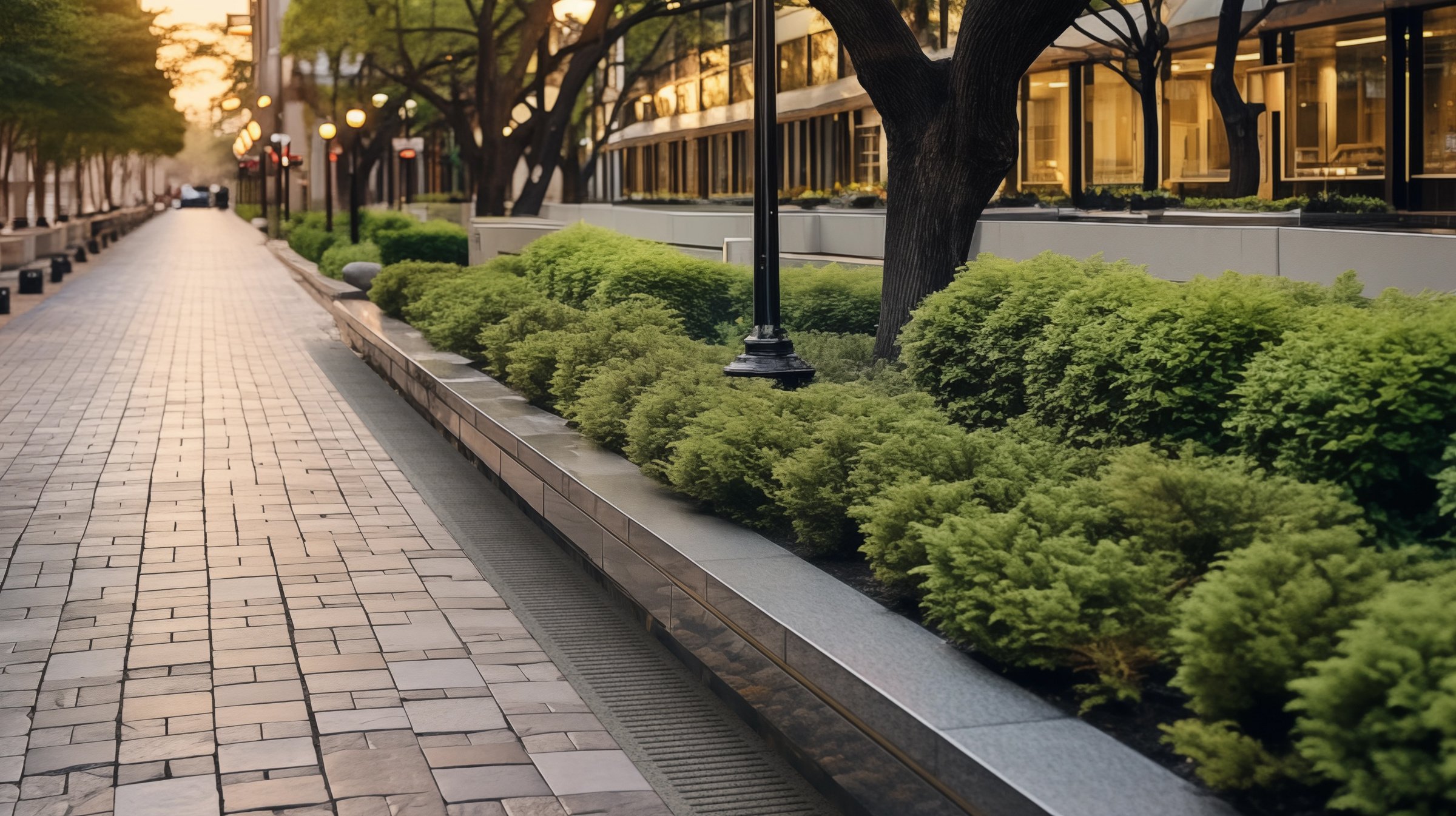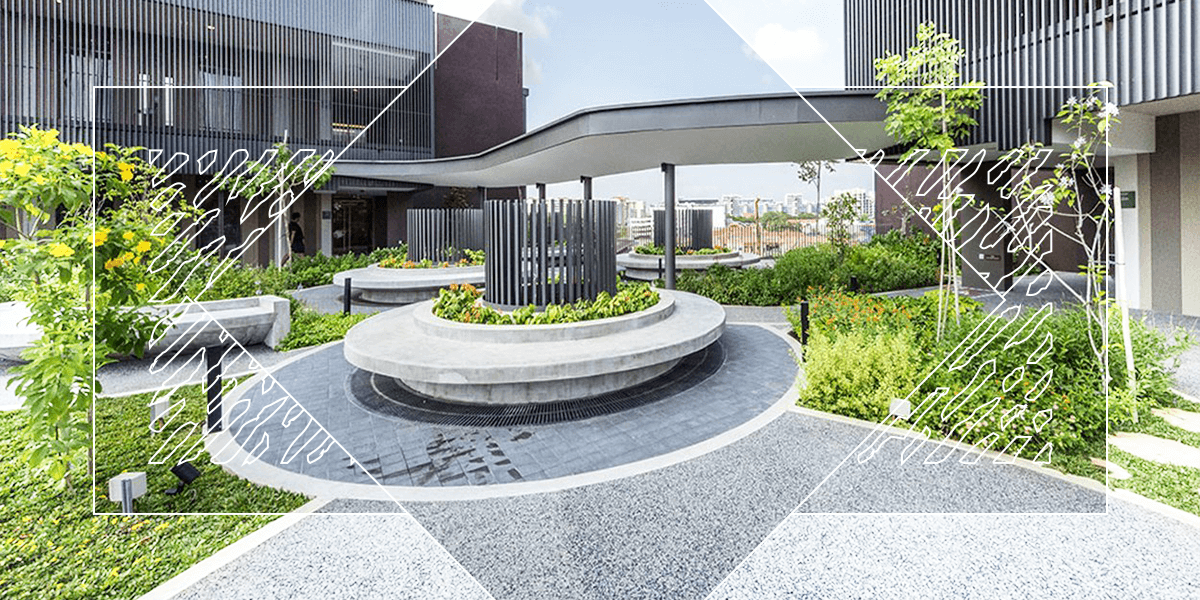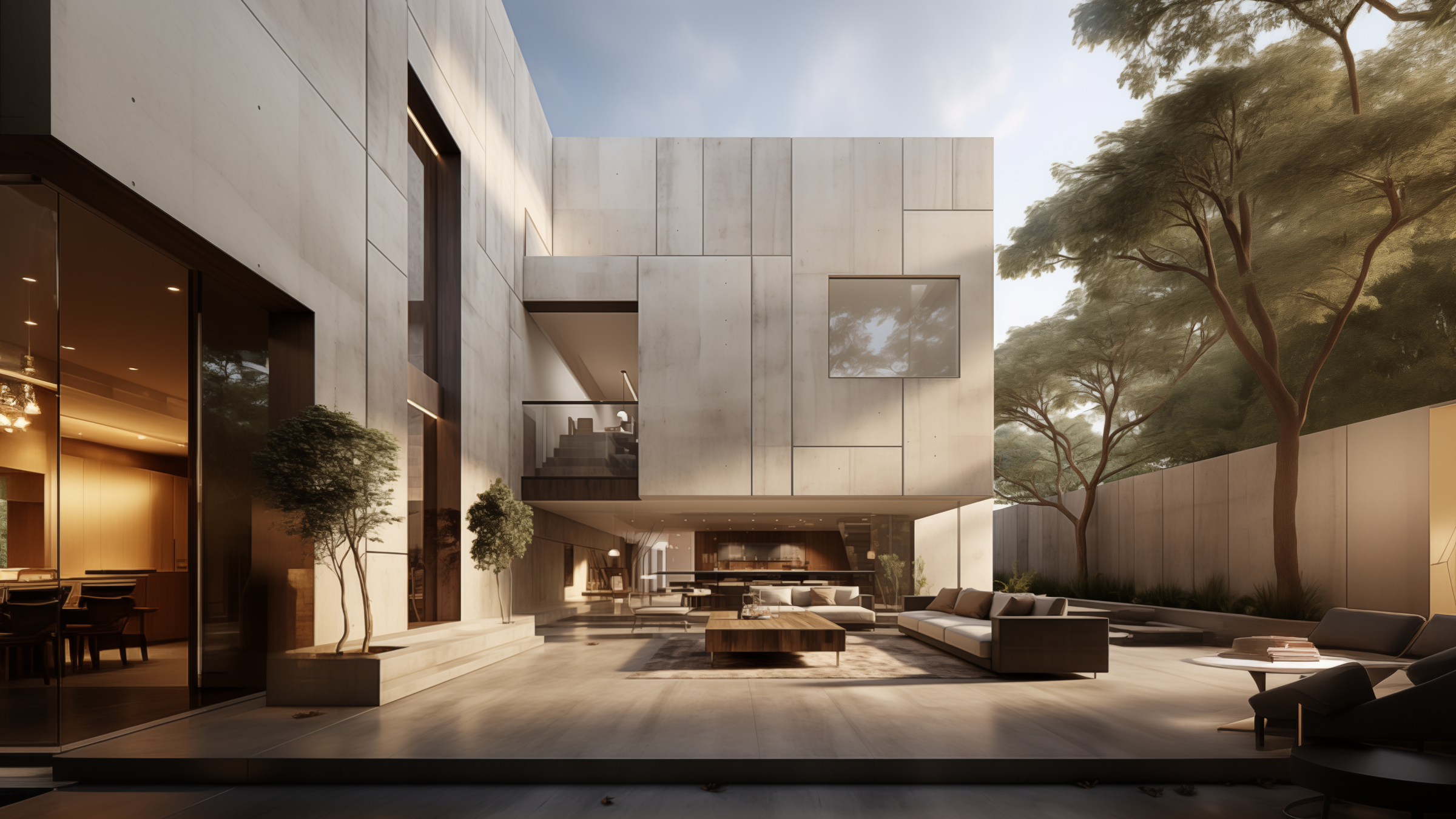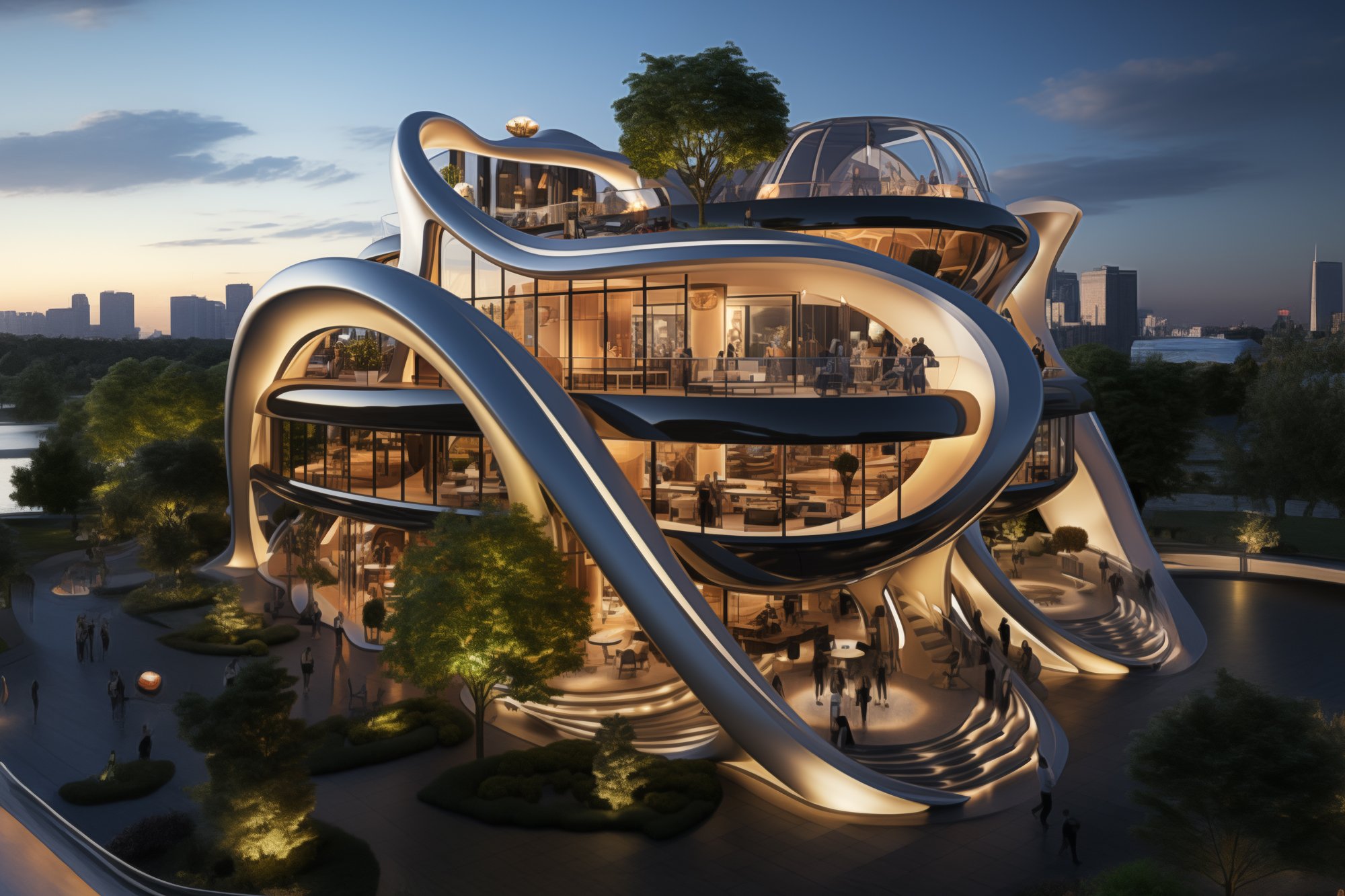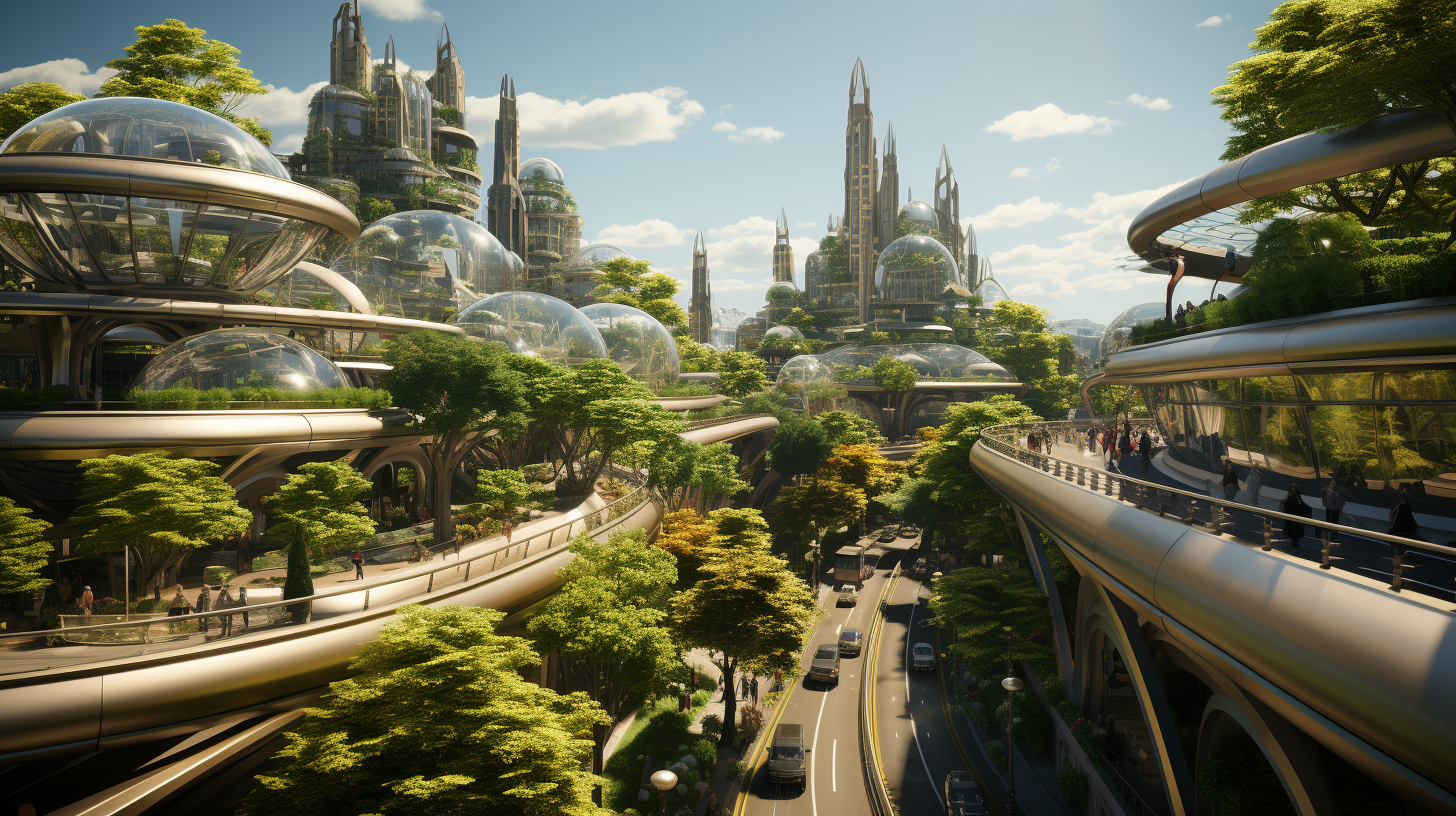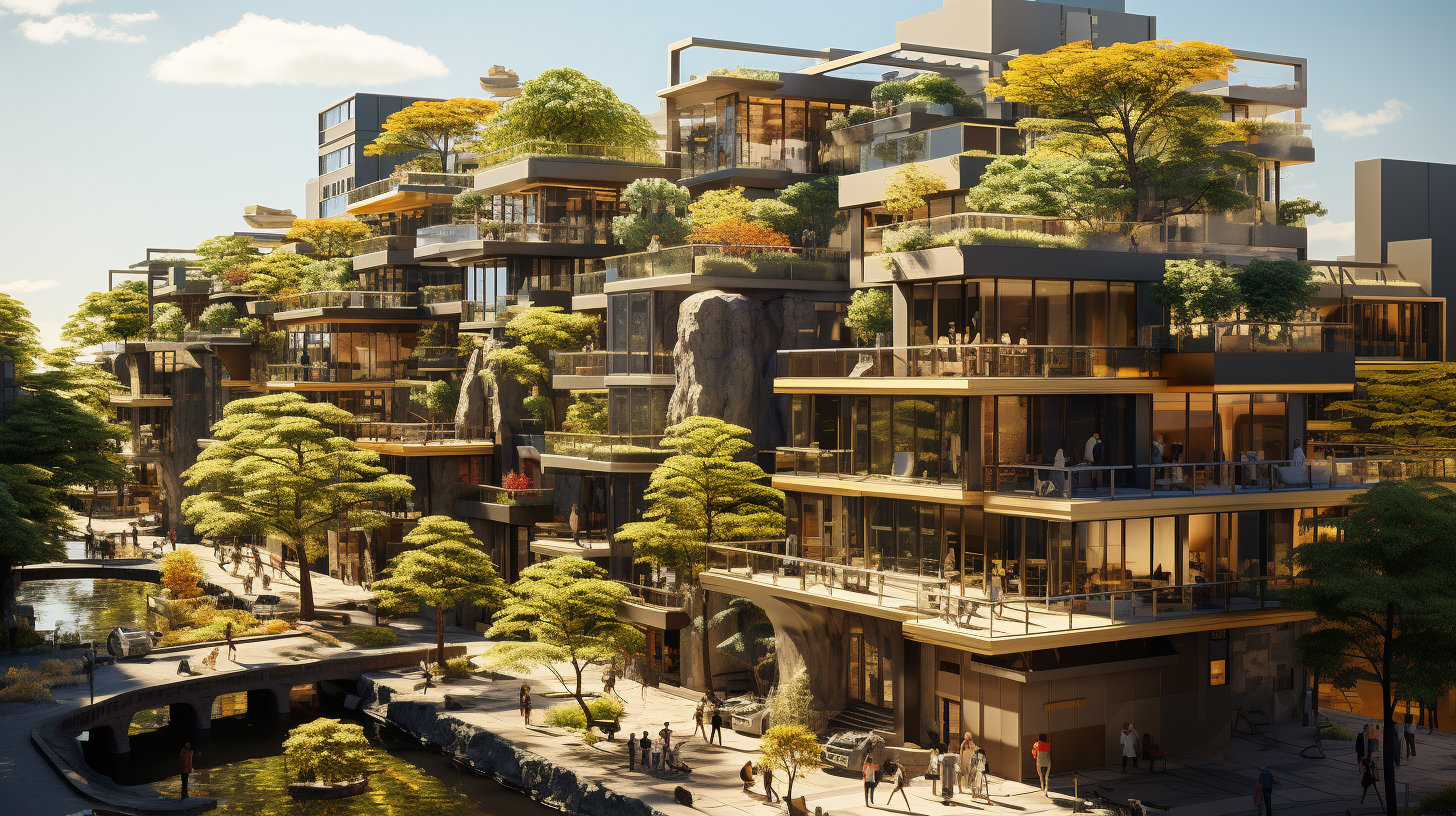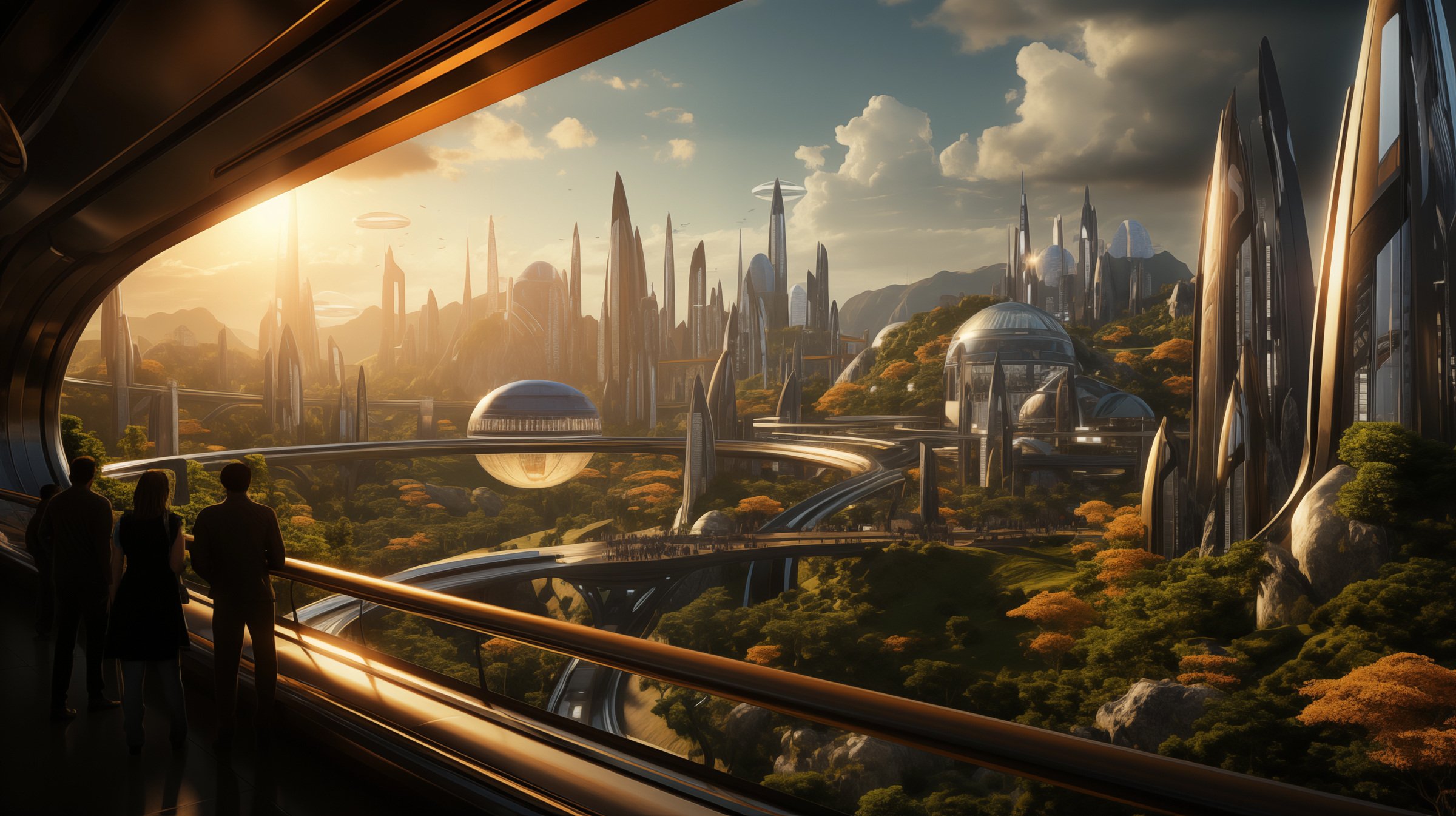 A mesmerizing view of a futuristic city bathed in the golden hues of sunset. Architects marvel at their AI-powered creations, blending sustainability seamlessly into the urban landscape with lush green spaces.
A mesmerizing view of a futuristic city bathed in the golden hues of sunset. Architects marvel at their AI-powered creations, blending sustainability seamlessly into the urban landscape with lush green spaces.
The cityscapes we navigate today are on the cusp of a dramatic transformation. Artificial intelligence (AI) is no longer science fiction; it's here, and it's fundamentally reshaping how we design, manage, and experience our urban environments. Buckle up, architects (and anyone passionate about the future of cities!), because we're about to dive into how AI is redefining urban planning, and how you can leverage its power to design future-proof, sustainable, and downright awesome urban landscapes.
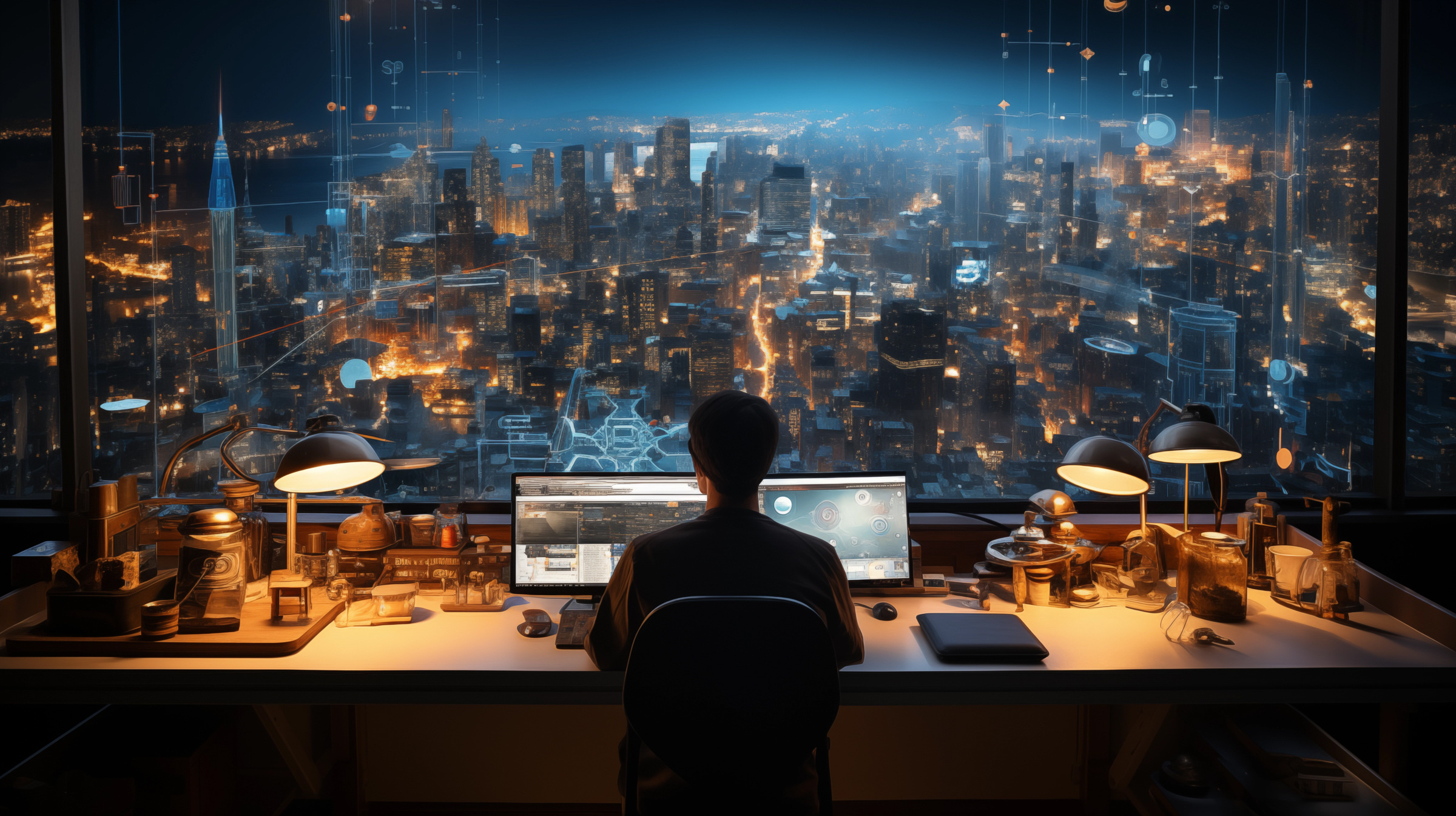 Delving into the digital realm: An architect harnesses the power of AI to analyze urban data, shaping the future of our cities one algorithm at a time.
Delving into the digital realm: An architect harnesses the power of AI to analyze urban data, shaping the future of our cities one algorithm at a time.
Decoding the Hype: What is AI and How Does it Work in Urban Planning?
Before we jump into the nitty-gritty, let's break down the basics. AI refers to machines with the ability to learn and mimic human cognitive functions. In urban planning, AI takes the form of complex algorithms that analyze vast datasets. Think traffic patterns, energy consumption, pedestrian flow, and even social media sentiment. These algorithms churn through this information, identifying trends, predicting future urban needs, and even suggesting optimal layouts for buildings, infrastructure, and green spaces. Imagine having a super-powered research assistant that can analyze years of data in seconds – that's essentially what AI is for urban planning.
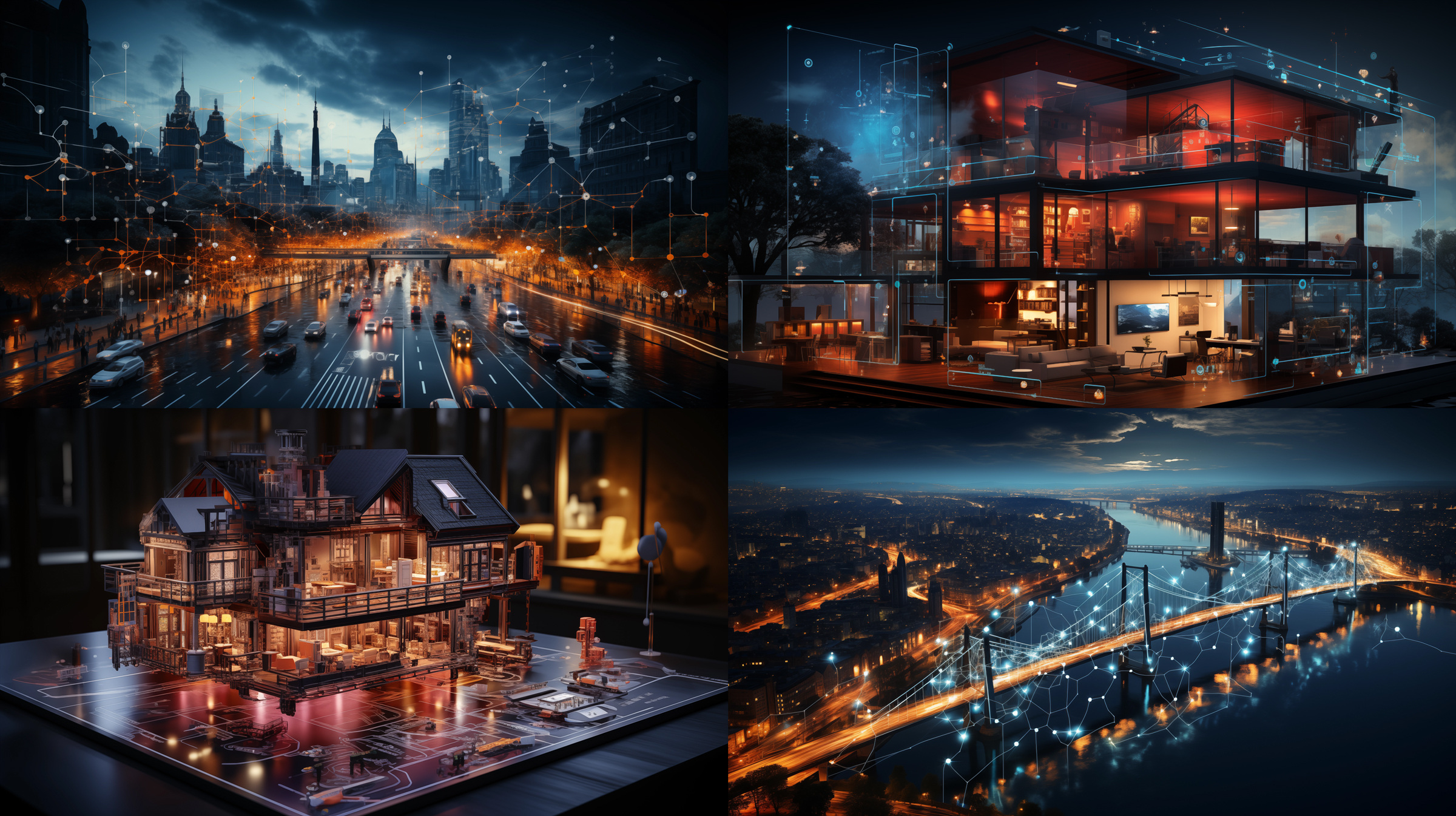 Unlocking the Potential: The AI Toolbox reveals groundbreaking features reshaping architecture and urban planning. From optimizing traffic flow to designing sustainable spaces and predicting maintenance needs, AI is revolutionizing the way we build and inhabit cities.
Unlocking the Potential: The AI Toolbox reveals groundbreaking features reshaping architecture and urban planning. From optimizing traffic flow to designing sustainable spaces and predicting maintenance needs, AI is revolutionizing the way we build and inhabit cities.
The AI Toolbox: Unveiling the Powerhouse Features
Now, let's get down to the cool stuff — what can AI actually do for us as architects? Here are some key features that will have you rethinking your design process:
Traffic Flow Optimization: Say Goodbye to Gridlock!
AI can analyze historical and real-time traffic data to predict congestion hotspots and suggest solutions like dynamic lane control or optimized public transport routes, ultimately creating a more sustainable and efficient transportation network.
Sustainable Design Powerhouse
AI can become your green design guru. It can analyze weather patterns, energy consumption, and even building materials to suggest sustainable solutions for heating, cooling, and overall energy efficiency.
Predictive Maintenance: Buildings That Practically Fix Themselves
AI can analyze sensor data to predict when a bridge might need repairs or a water pipe is at risk of bursting. This proactive approach saves money and prevents infrastructure failures, contributing to a city's long-term resilience.
Hyper-Personalized Public Spaces: No More One-Size-Fits-All Parks
AI can analyze foot traffic patterns and resident feedback to design public spaces that cater to specific community needs. Think vibrant playgrounds for young families or serene walking paths for retirees, fostering a more vibrant and inclusive urban environment.
Building Information Modeling (BIM) on Steroids:
AI can take BIM, a 3D modeling tool you probably already use, to a whole new level. Imagine AI suggesting optimal layouts, identifying potential structural weaknesses, and even generating realistic visualizations to help clients envision the final product. This can significantly improve collaboration and streamline the design process.
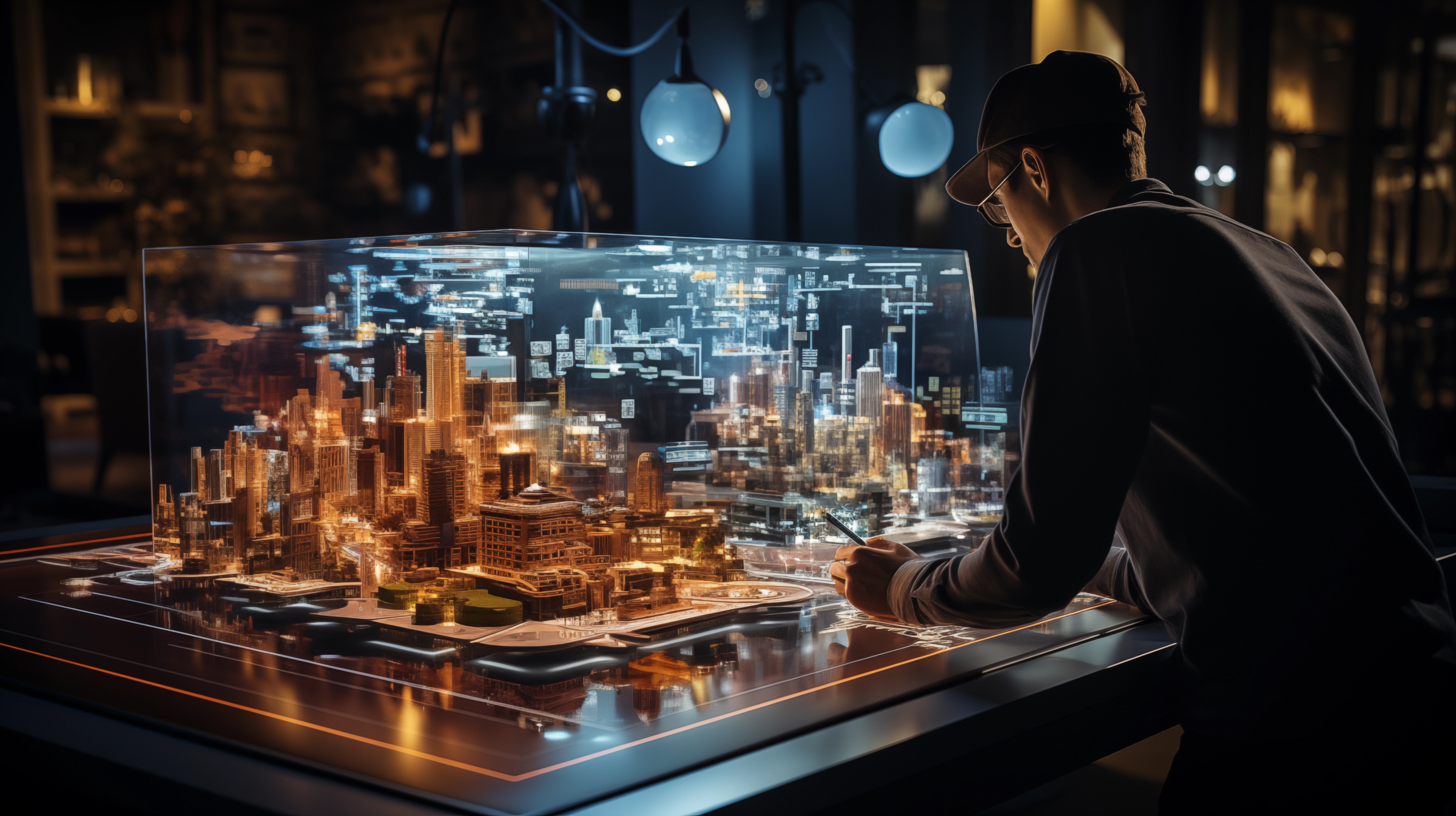 Harnessing the Future: An architect collaborates with AI, using advanced holographic interfaces to design the cities of tomorrow.
Harnessing the Future: An architect collaborates with AI, using advanced holographic interfaces to design the cities of tomorrow.
AI & You: A Match Made in Urban Design Heaven
So, how can you, as an architect, harness the power of AI? Here are some ways to integrate this innovative technology into your workflow:
Become an AI Whisperer
Don't be intimidated! Start by familiarizing yourself with basic AI concepts and exploring user-friendly urban planning AI software. There are plenty of online courses and workshops available to get you started on your journey to becoming an AI-powered architect.
Data is King (or Queen)
Remember, AI thrives on data. Collaborate with data scientists and urban planners to ensure you're feeding your AI the right information to get the most accurate results. This ensures your AI-driven designs are informed by comprehensive urban data.
Human-Centered Design with an AI Edge
AI is a powerful tool, but it shouldn't replace your creativity. Use AI to inform your designs, but never forget the human element – the needs, aspirations, and social interactions that make our cities vibrant.
The Road Ahead: Challenges and Considerations
While AI is undeniably exciting, it's important to acknowledge the challenges that come with it:
Ethical Considerations: Ensuring Fairness and Equity
Be mindful of potential biases in the data sets used to train AI algorithms. Ensure your designs are inclusive and cater to the needs of all demographics within the city.
The Human Touch: The Irreplaceable Role of Expertise
Never underestimate the importance of human expertise. AI is a tool, not a replacement for your architectural judgment and creativity.
Transparency and Explainability: Building Trust in AI Decisions
As AI becomes more complex, ensuring transparency in its decision-making process is crucial. We need to understand why AI suggests a certain design solution to build.
We need to understand why AI suggests a certain design solution to build trust and acceptance among architects, urban planners, and the public.
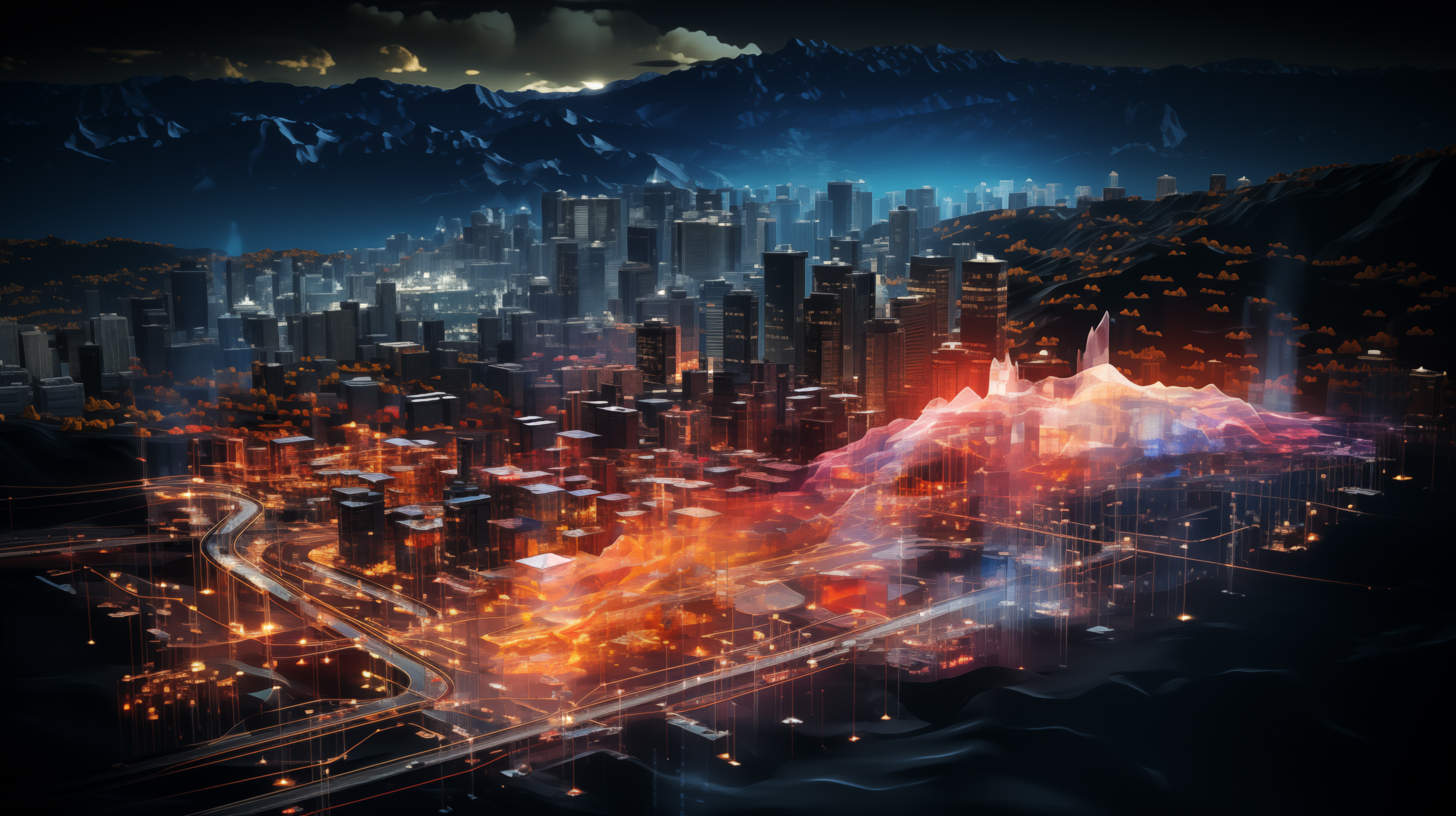 Visualizing the Future: AI-powered holographic simulation unveils intricate urban data, paving the way for smarter city planning and design.
Visualizing the Future: AI-powered holographic simulation unveils intricate urban data, paving the way for smarter city planning and design.
AI-Powered Simulations: A Glimpse into the Future
Imagine being able to virtually test the functionality and efficiency of your design before a single brick is laid. AI-powered simulations are making this a reality. These simulations can analyze factors like wind patterns, solar radiation exposure, and even noise pollution to help you optimize your design for comfort, sustainability, and resilience.
Say you're designing a high-rise office building in Singapore. By feeding the building's design into an AI simulation, you can analyze how shading from neighboring structures might impact the building's energy consumption throughout the year. This allows you to make adjustments, like incorporating strategically placed sky gardens or optimizing window placements, to create a more energy-efficient building that adheres to Singapore's Green Mark certification standards.
These simulations aren't just about functionality; they can also be used to assess the social impact of your designs. AI can simulate pedestrian flow and predict potential bottlenecks or areas of congestion. This foresight allows you to create public spaces that encourage interaction and a sense of community, fostering a more vibrant urban environment.
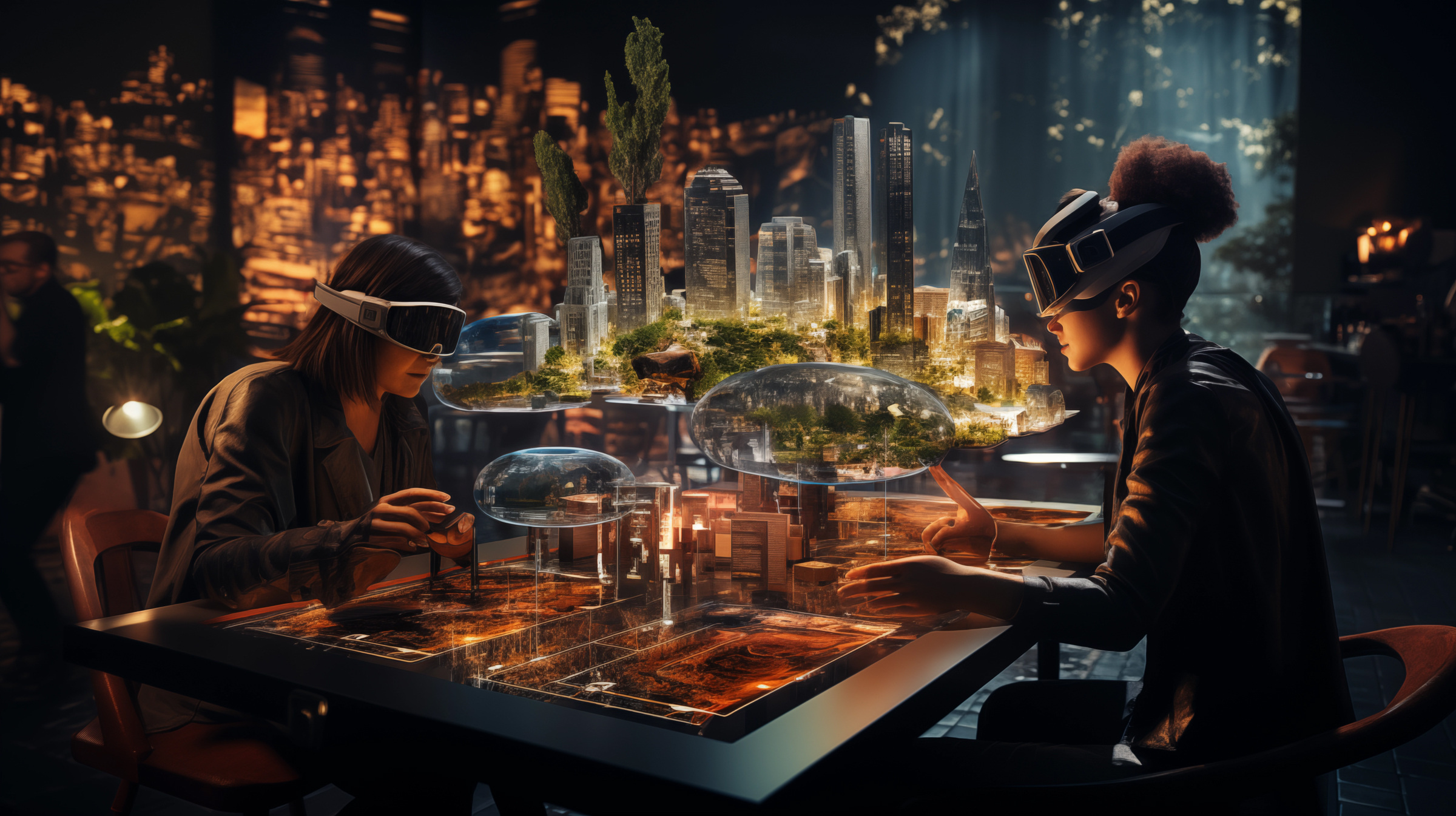 A glimpse into the future of urban planning: Residents provide feedback on proposed developments through immersive VR experiences facilitated by AI technology.
A glimpse into the future of urban planning: Residents provide feedback on proposed developments through immersive VR experiences facilitated by AI technology.
AI and the Art of Citizen Participation
Traditionally, gathering public input on urban design projects has been a time-consuming and often frustrating process. AI can revolutionize citizen participation by creating interactive online platforms. These platforms can use AI to analyze resident feedback, identify common concerns, and even generate summaries of public opinion.
Imagine a future where residents can provide feedback on proposed developments through an AI-powered platform like "CitySpeak." CitySpeak could analyze their comments, identify recurring themes like concerns about traffic congestion or a lack of green space, and present the information in a clear and concise way to urban planners and architects. This would streamline the public consultation process, ensuring that the voices of the community are heard and reflected in the final design.
Furthermore, AI can be used to create virtual reality (VR) experiences that allow residents to virtually explore proposed developments. This immersive experience can help residents better understand the potential impact of a project on their neighborhood and provide more informed feedback.
For instance, a city in the Netherlands recently used VR experiences to gather public feedback on a new high-speed railway project. Residents were able to virtually walk or cycle through the proposed route, experiencing the potential visual and noise impacts firsthand. This innovative approach led to a more productive and collaborative public consultation process.
Beyond the Hype: The Future of AI in Urban Planning
The integration of AI into urban planning is still in its early stages, but the potential is truly transformative. Here are some exciting possibilities for the future:
AI-powered Urban Planning Frameworks: A Holistic Approach
Imagine comprehensive AI models that can analyze a city's entire ecosystem, taking into account factors like transportation networks, energy grids, and even social infrastructure. These models could then suggest data-driven strategies for sustainable urban development, optimizing resource allocation and promoting long-term resilience.
AI-driven Disaster Preparedness: Building Resilience
AI can be used to analyze historical data on natural disasters and predict areas most at risk. This information can be used to design cities that are more resilient to floods, earthquakes, and other threats. For example, AI could be used to identify buildings most vulnerable to earthquakes and prioritize retrofitting efforts in high-risk zones.
Hyper-personalized Urban Living: Cities That Adapt to You
In the future, AI could be used to personalize our urban experiences. Imagine an AI system integrated with your smartphone that recommends the most efficient route for your commute, suggests nearby green spaces based on your preferences for exercise or relaxation, or even tailors the lighting in public spaces to create a more welcoming atmosphere depending on the time of day or activity.
While these possibilities might seem futuristic, the rapid pace of technological advancement suggests they may be closer than we think. Architects who embrace AI and stay at the forefront of this technological revolution will be the ones who shape the future of our cities, ensuring they are not only sustainable and efficient, but also vibrant, livable, and inspiring places to call home.
Challenges and Opportunities: Navigating the Ethical Terrain
The integration of AI in urban planning is not without its ethical dilemmas. Data privacy, surveillance, and the risk of exacerbating the digital divide are critical concerns that need addressing. Transparent and equitable practices must be prioritized to ensure AI benefits all citizens.
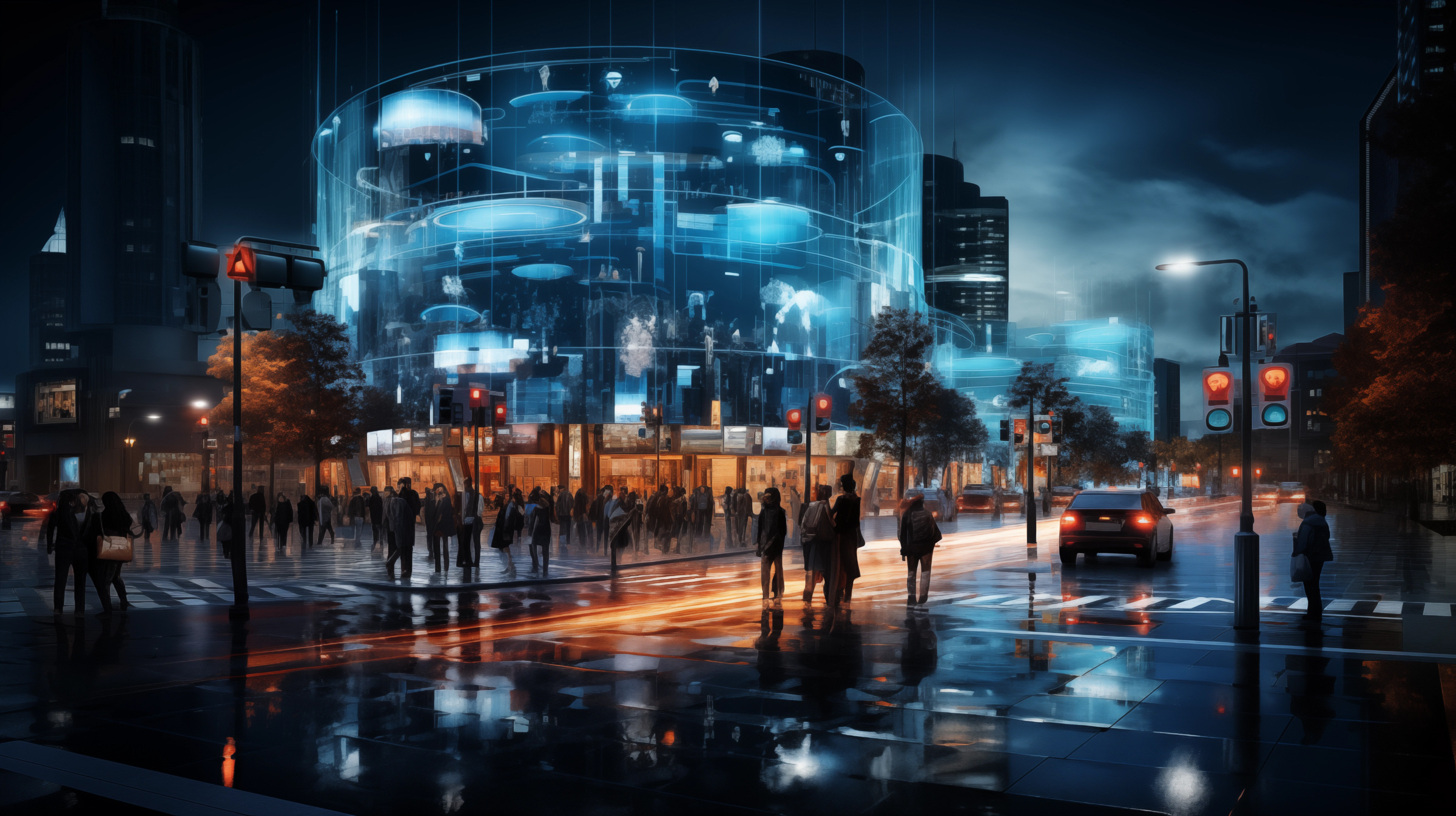 In this futuristic depiction, AI-driven technology transforms cityscapes into dynamic hubs of efficiency, with traffic lights adjusting in real-time and waste collection routes optimized seamlessly, all powered by AI's data-processing capabilities.
In this futuristic depiction, AI-driven technology transforms cityscapes into dynamic hubs of efficiency, with traffic lights adjusting in real-time and waste collection routes optimized seamlessly, all powered by AI's data-processing capabilities.
Expanding Opportunities: AI as a Catalyst for Innovation
AI is not just a tool for efficiency; it's a catalyst for innovation:
Smart City Designs: Cities That Respond in Real-Time
AI's data-processing capabilities enable the development of smart cities that anticipate and react to the needs of their populations in real time. Imagine traffic lights that adjust based on congestion or waste collection routes optimized for efficiency.
Green Architecture: AI for Sustainable Design
AI can dramatically influence sustainable design, from optimizing building materials for better energy efficiency to predicting the environmental impact of a project. AI can also be used to identify opportunities for renewable energy integration, such as strategically placing solar panels or designing wind turbines for maximum output.
Public Health and Safety: AI for a Healthier City
AI can be used to analyze public health data to identify potential outbreaks and allocate resources effectively. Additionally, AI-powered traffic management systems can reduce accidents and improve overall safety in urban environments.
Final Thoughts
The future of urban planning is brimming with potential, and AI is poised to play a pivotal role. By harnessing the power of AI, architects can design cities that are smarter, greener, and more responsive to the needs of their citizens. As you embark on your architectural journey, remember that AI is a powerful tool to be used alongside your creativity and expertise. Together, you can create cities that not only function well, but also inspire and uplift the human spirit.



